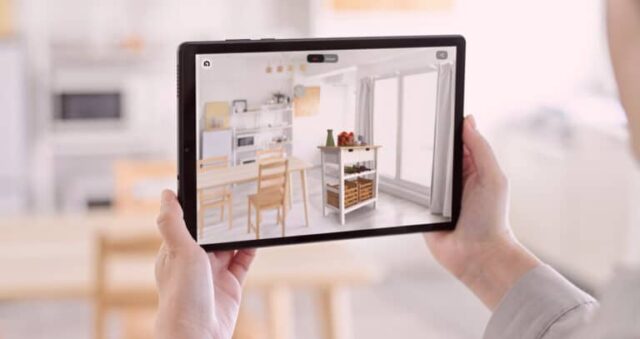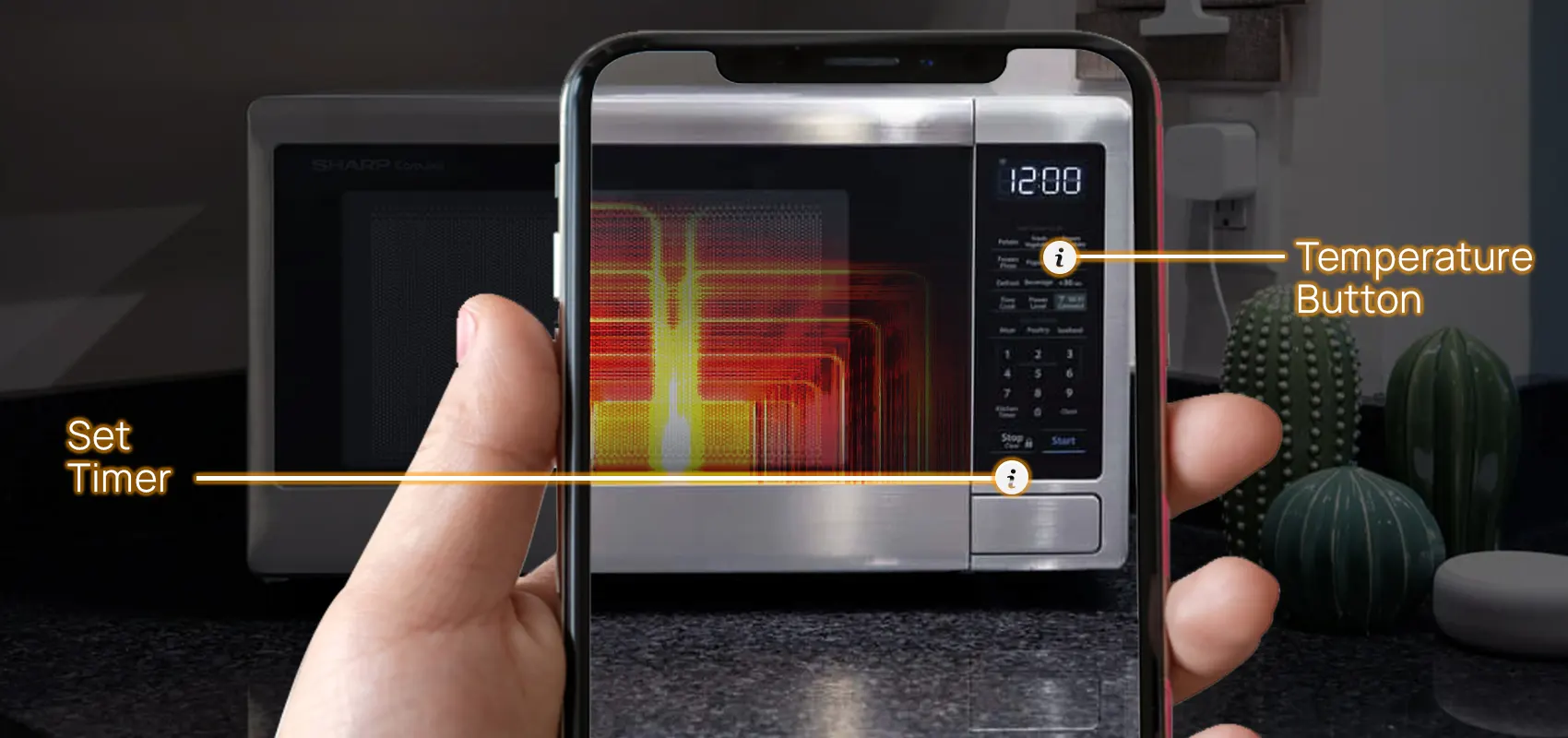In today’s digital landscape, businesses are constantly seeking innovative ways to engage customers and provide unique experiences. One of the most exciting advancements in this realm is augmented reality (AR), a technology that overlays digital information onto the real world. By utilizing AR, companies can enhance product visualization, allowing customers to interact with products in ways that were previously unimaginable. In this blog, we’ll explore how businesses can leverage augmented reality to improve product visualization and ultimately boost sales.

Table of Contents
Toggle1. Understanding Augmented Reality
Before diving into its applications, it’s essential to understand what augmented reality is. Unlike virtual reality (VR), which immerses users in a completely digital environment, AR overlays digital elements—such as images, videos, or 3D models—onto the real world. This means that customers can view and interact with products in their actual surroundings, leading to a more engaging shopping experience.
2. Enhancing Product Visualization with AR
a. Interactive 3D Models
One of the most effective ways to use AR for product visualization is by offering interactive 3D models. Customers can manipulate these models—rotating, zooming, and viewing them from different angles. This gives potential buyers a better understanding of the product’s features and dimensions.
- Example: Furniture retailers like IKEA have implemented AR apps that allow users to place 3D models of furniture in their homes, helping them visualize how items will fit and look in their actual space.
b. Virtual Try-Ons
For industries such as fashion, beauty, and eyewear, virtual try-ons can significantly enhance the customer experience. AR technology enables customers to “try on” products virtually, allowing them to see how items would look on them without the need to physically wear them.
- Example: Brands like Warby Parker and Sephora have developed apps that allow users to try on glasses or makeup products using their device’s camera, leading to increased confidence in purchasing decisions.
c. Real-Time Customization
Augmented reality can also facilitate real-time customization of products. Customers can use AR tools to modify features, colors, and styles, enabling them to see how their customizations would look in real life.
- Example: Nike’s “Nike By You” program allows users to customize their sneakers through an AR interface, helping them visualize their personalized designs before making a purchase.
d. Enhanced Product Information
Incorporating AR can also enrich product information delivery. Customers can point their smartphones at a product to receive additional details, such as specifications, user manuals, and videos demonstrating the product in action.
- Example: Home improvement stores like Home Depot have used AR to provide customers with instant access to installation guides and product specifications, enhancing the shopping experience and reducing uncertainty.
3. Implementing Augmented Reality in Your Business
a. Choose the Right AR Technology
Several AR technologies are available, ranging from mobile apps to web-based solutions. When deciding on the right technology for your business, consider the following:
- Mobile Applications: Develop a dedicated AR app that customers can download to their smartphones.
- Web-Based AR: Utilize AR solutions that work directly through web browsers, eliminating the need for app downloads.
b. Invest in Quality 3D Models
The effectiveness of AR relies heavily on the quality of the 3D models. Invest in high-quality, detailed models to provide a realistic representation of your products. Consider partnering with professional 3D designers or using software that simplifies the creation of 3D assets.
c. User-Friendly Interface
Ensure that your AR application is intuitive and easy to navigate. A complicated interface can frustrate users and deter them from utilizing the technology. Provide clear instructions and design an interface that enhances the user experience.
d. Test and Gather Feedback
Before launching your AR solution, conduct thorough testing to ensure it works seamlessly across various devices. Gather feedback from users to identify areas for improvement and make necessary adjustments.
4. Marketing Your AR Features
Once your AR solution is ready, it’s essential to promote it effectively:
- Social Media Campaigns: Showcase your AR features through engaging videos and visuals on social media platforms.
- Influencer Partnerships: Collaborate with influencers who can demonstrate your AR capabilities to their audience, driving awareness and interest.
- Email Marketing: Inform your existing customers about your new AR features and encourage them to try it out.
5. Measuring Success
To evaluate the effectiveness of your AR product visualization efforts, track key performance indicators (KPIs) such as:
- Engagement Rates: Monitor how often users interact with your AR features.
- Conversion Rates: Measure how many AR interactions lead to actual purchases.
- Customer Feedback: Collect user feedback on their experiences with your AR features to gauge satisfaction and areas for improvement.
Conclusion
Augmented reality has the potential to transform product visualization, providing customers with interactive, engaging experiences that can significantly enhance their purchasing decisions. By incorporating AR into your business strategy, you can differentiate yourself from competitors, boost customer satisfaction, and ultimately drive sales. As technology continues to evolve, embracing AR may be key to staying ahead in today’s dynamic marketplace. Whether you’re a retailer, manufacturer, or service provider, consider the possibilities that augmented reality offers for enriching the customer experience and enhancing product visualization.


No responses yet